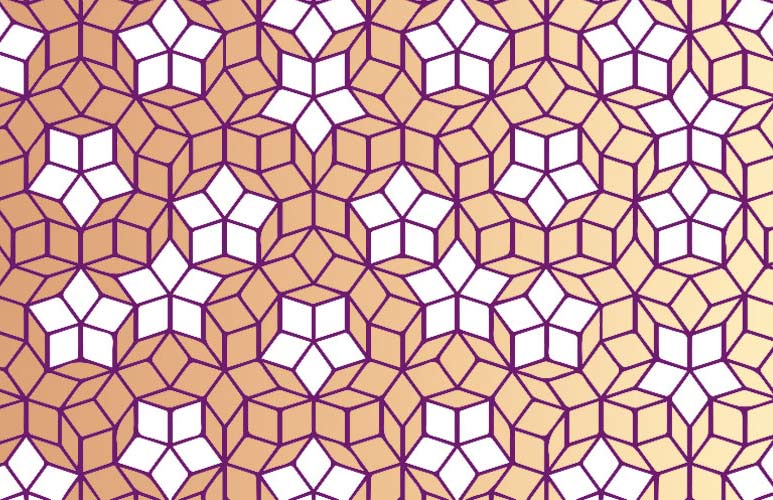Renowned marine biologist Rachel Carson, in her influential book Silent Spring (1962), stressed the interconnectedness of nature, echoing the sentiment of polymath Leonardo da Vinci, who believed that ‘everything connects to everything else’.
Today, we build on their insights, recognising the crucial importance of understanding the connections, causes and effects between humans and nature.
While conventional product development focuses on material choices, technology, and market demands, there’s more to the story. A holistic design approach involves considering the social and ecological impacts, including the legacy of waste generated by consumer products.
Design ecologies explore the entire system, mapping resources, flows, and interactions at various scales and geographies. This animation uses a smartphone as an example to introduce the concept of design ecology through addressing ways to reduce the phone’s environmental impact.




Rate and Review
Rate this video
Review this video
Log into OpenLearn to leave reviews and join in the conversation.
Video reviews